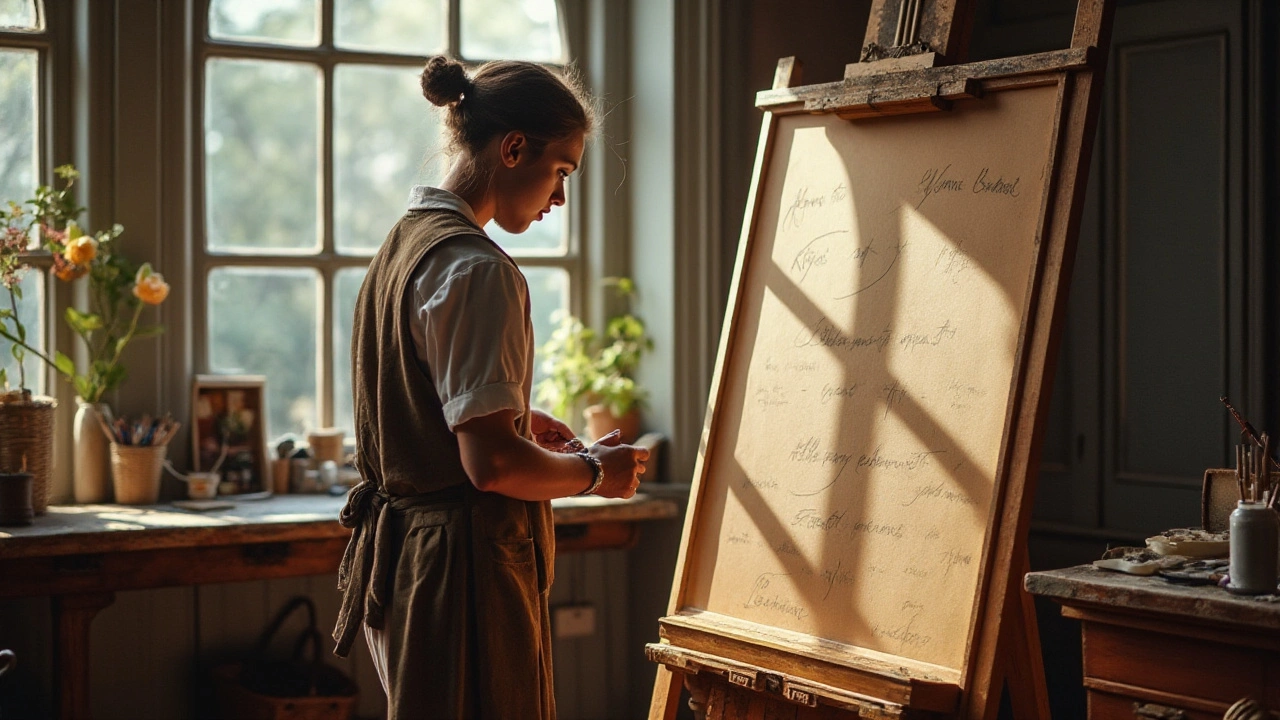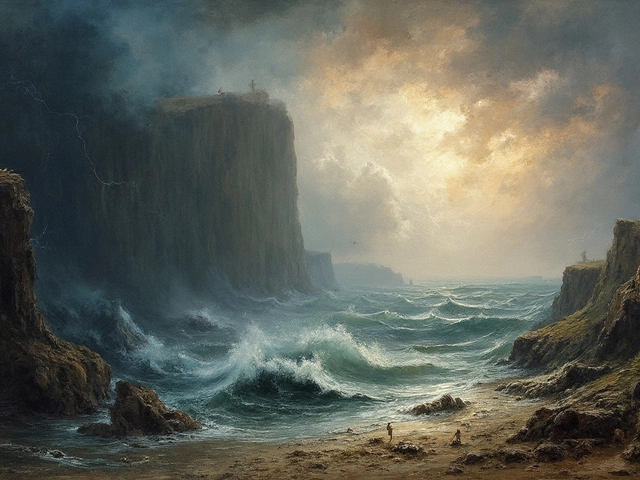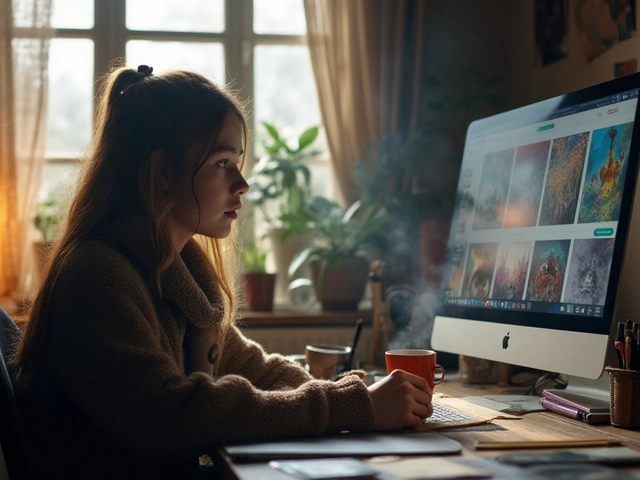Rule of Three: How Three Elements Transform Your Art
When working with Rule of Three, a compositional guideline that groups elements in threes to create balance and interest. Also known as Triadic principle, it helps artists, photographers, and designers make work feel natural and engaging, you’re tapping into a simple yet powerful tool. The idea lives inside composition, the arrangement of visual parts within a frame and relies on visual balance, the distribution of visual weight that keeps a piece from feeling lopsided. It also supports storytelling, the narrative flow that guides a viewer’s eye from one point to the next. By grouping subjects, lights, or colors in threes, you naturally lead a viewer through a mini‑arc that feels complete.
The rule of three isn’t just a neat trick; it’s a design principle that shapes how we perceive an image. In practice, it means placing a primary focal point, a secondary element, and a supporting detail so the eye moves in a smooth, satisfying loop. This pattern mirrors how we read sentences – three parts often make a statement feel complete. When you pair the rule of three with solid composition, you get a framework that instantly feels organized. Visual balance then steps in to make sure none of the three elements overwhelms the others; each carries a similar visual weight, whether through size, color intensity, or contrast. The result is a harmonious scene that gently nudges the viewer toward the intended story.
Why It Works Across Mediums
Artists have used the rule of three for centuries, from classic portraiture to modern digital art. In landscape painting, placing a distant mountain, a mid‑ground tree, and a foreground rock creates depth and invites the eye to travel. Photographers often line up three points of interest – a bright sky, an interesting mid‑ground subject, and a compelling foreground texture – to give a photo a sense of order. Even abstract works benefit: arranging three bold shapes or color blocks can turn chaos into a purposeful composition. The rule of three therefore encompasses composition, requiring visual balance, and influencing storytelling. In each medium, the same three‑part rhythm helps the creator craft a clear visual message without overwhelming the audience.
Understanding how the rule of three interacts with other design principles can boost your creative confidence. For instance, the principle of contrast can highlight the primary element, while the principle of repetition can echo the secondary and supporting elements, reinforcing the triadic pattern. When you combine the rule of three with an awareness of visual balance, you gain a reliable shortcut for judging whether a piece feels weighted correctly. This synergy also improves storytelling: the primary element sets the scene, the secondary adds context, and the supporting detail resolves the narrative. By mastering this trio, you’ll find yourself instinctively arranging subjects, colors, and lights in ways that feel both natural and compelling.
Below you’ll see how the rule of three shows up in real articles – from digital art monetisation tips that group three revenue streams, to abstract art guidelines that outline three hidden rules, and modern art principles that break down three core ideas. Each post reinforces the same idea: three well‑chosen elements can turn a good piece into a great one. Keep scrolling to explore practical examples, step‑by‑step guides, and expert insights that will help you apply the rule of three to your own work today.

The rule of three is a key concept in art, aiding artists in creating balanced and compelling compositions. In the realm of oil painting, understanding and applying this rule can significantly elevate both the visual appeal and narrative of a piece. The rule involves dividing the canvas into three equal parts, both horizontally and vertically, guiding the placement of elements to enhance focus and interest. This method not only helps in organizing artwork logically but also facilitates the viewer's engagement with the piece. Dive deep into its origins, its practical application, and tips to effectively incorporate it into your painting process.





